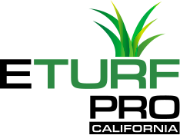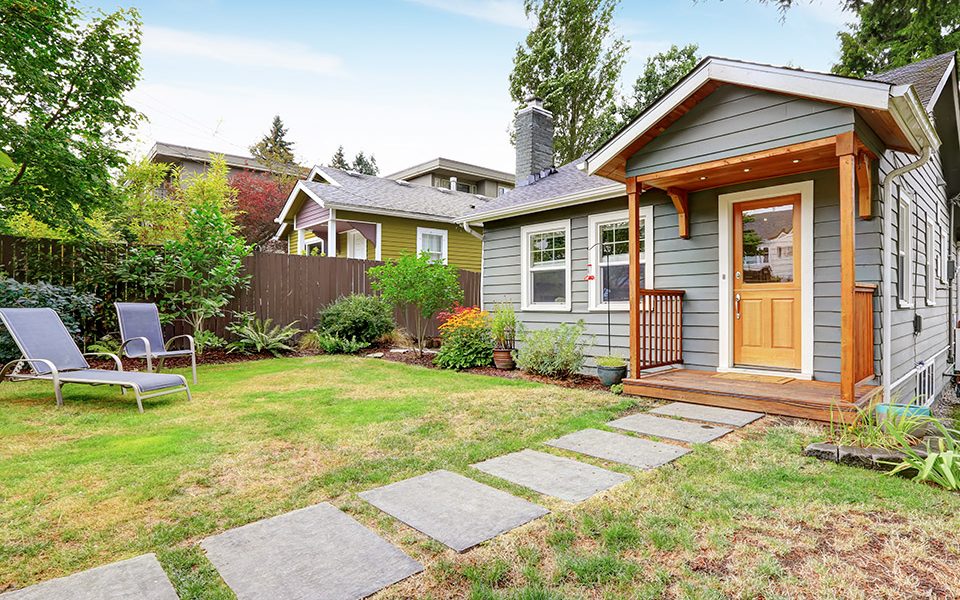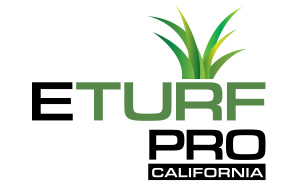Why Artificial Grass Makes Sense in Water Shortage Periods
Artificial grass provides homes and businesses in water-restricted regions with gorgeous, lush landscaping without the need for regular water use.
Nowadays, water is a resource that’s in constant demand. Therefore, the best way to preserve it is by using it sparingly. But how can anyone live an average or normal life using less water? One of the most efficient ways to conserve water without making any sacrifices is to install artificial turf in homes or businesses.
How Does Artificial Grass Help to Steer Clear of Water Shortage Periods
Water limits, drought conditions, and dry weather are changing how people view synthetic turf. The landscape of drought-prone areas is shifting to more water-wise gardens with a combination of artificial turf and drought-resistant plants.
If you are prepared to take part in easing the burden on dams and reservoirs, continue reading to learn why artificial grass makes sense in water shortage periods.
1. Saves Money On Water
As the level of water in reservoirs drops, water prices increase. It is challenging to defend against wasting this finite resource on lawn care and maintenance.
According to research, the average American lawn uses about 55 gallons per square foot every week, which makes up a significant percentage of drinking water during low supplies. For a 700-square-foot lawn, this equates to about 38,500 gallons every year.
When wells start to dry up, most towns will impose restrictions on watering lawns and gardens, and those who disobey them risk hefty fines. The bans include all types of watering, and even the most effective subsurface irrigation systems will have to be shut off during a severe, prolonged drought.
You won’t face this issue by installing artificial turf on your lawn because it maintains its appearance and uses no water, even during prolonged periods of drought and irrigation restrictions. You’ll only be required to use water on artificial turf during rinsing after dealing with spills or pet waste.
If you reside in a water shortage area and want to save water but hate the notion of a dust bowl for a yard, one of the best things you can do is to look into your options for synthetic turf.
2. It is Resistant to the Elements
During hot temperatures, natural grass starts to suffer. It begins to dry and turn brown during water shortage periods because it isn’t meant for hotter, drier climates.
Artificial turf is the ideal way to obtain the appearance and feel of natural grass during drought. Your artificial grass won’t fade in the sun because modern artificial grass technology comprises UV-resistant materials. Due to its synthetic makeup, you can maintain it during drought without raising your water bill.
Your outdoor space will remain soft and green no matter the weather, allowing you to enjoy your leisure activities. This makes artificial grass an ideal option for homes with everything from putting greens to playground systems.
3. It Is Easy To Fit
Among the most popular and essential advantages of artificial grass is that it is easy to fit. You can seek professional help, but if you are happy to do the work yourself, there’s nothing to worry about. You can perform this kind of DIY job using a few critical tools without any hassles.
You can even discover that you genuinely love the process of watching how your hands and labor can change the look of your outside space in this manner. When it is finished and fitted for use by your friends and family, you’ll undoubtedly experience a great sense of pride and satisfaction as you relax and admire the results.
4. Artificial Grass Looks Great All Year Long
Gone are the days when you could easily select synthetic turf out of a row. Nowadays, artificial grass is very realistic.
In fact, the key takeaway for artificial grass in dry settings will probably be that it looks better than the surrounding landscape. Your artificial grass will remain lush and green with little maintenance while your neighbors strive to mow and weed in a bid to save their grass.
5. No mowing
One of the most common justifications for installing artificial grass is the weekends off from mowing. The grass is always green, and at the right height, so you can eliminate the edge trimmer and lawnmower.
Lawn care involves more than mowing; you also have to consider weeding, fertilizer, and pest control. All these concerns require resources that aren’t always the most environmentally friendly and may get expensive for vast areas of grass.
6. Artificial Grass is Environmentally Friendly
If you’ve ever lived in a desert environment, you soon start to understand the significance of protecting the environment. When we live in this kind of environment, the fragility of nature and the risks of disrupting the delicate balance is never more apparent.
With this in mind, you may be concerned that installing artificial grass will permanently harm your property. However, this shouldn’t be a cause for concern, depending on the kind of turf you select.
7. No More Reseeding
When prolonged drought kills grass, erosion, and wind will reduce topsoil and grass seeds. You might ride out dry weather, but once it starts to rain, you’ll need to throw down more reseed and topsoil or re-turf your lawn.
Afterwards, you must do more work to achieve beautiful green grass. This takes you back to mowing, fertilizing, weeding, and fighting against pests. There’s also no assurance there won’t be another drought.
While the initial cost of buying and installing artificial turf is more expensive than natural turf or seeds, it will last about 15 years before replacing it. Meanwhile, you’ll have saved thousands of gallons of water without stressing about whether you can legally water your lawn or how much rain will fall.
Bottom Line
Artificial grass is a fantastic solution for commercial and residential areas during drought or water shortage. It is low maintenance, saves money on water, is environmentally friendly, and looks great all year long. By switching to artificial turf, you can do your part to help conserve the world’s most precious resource.


